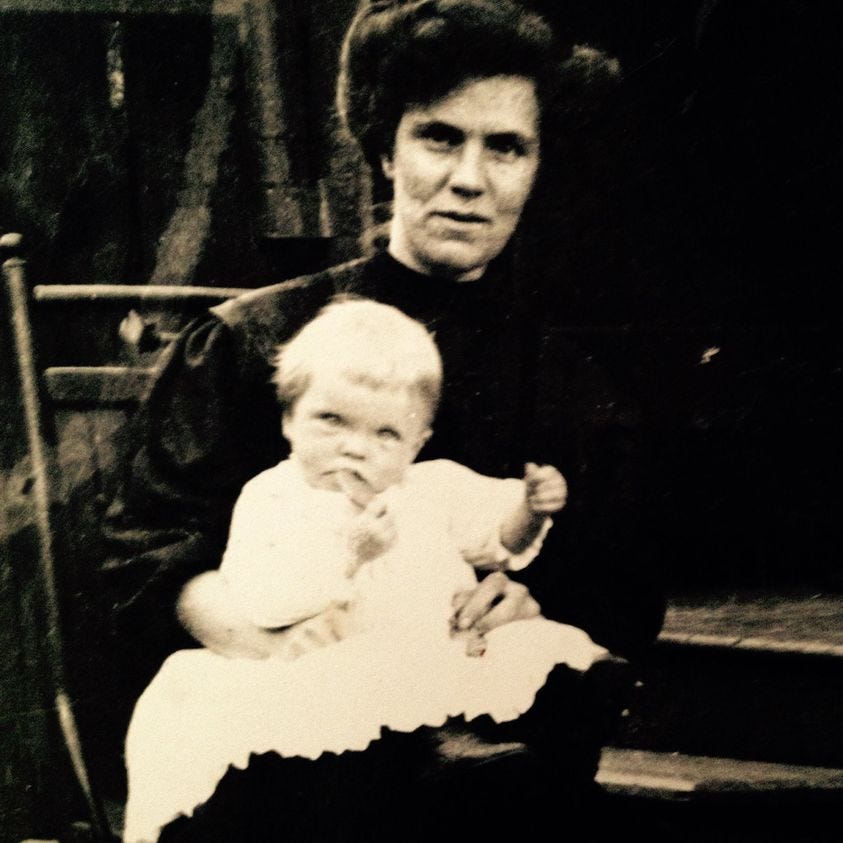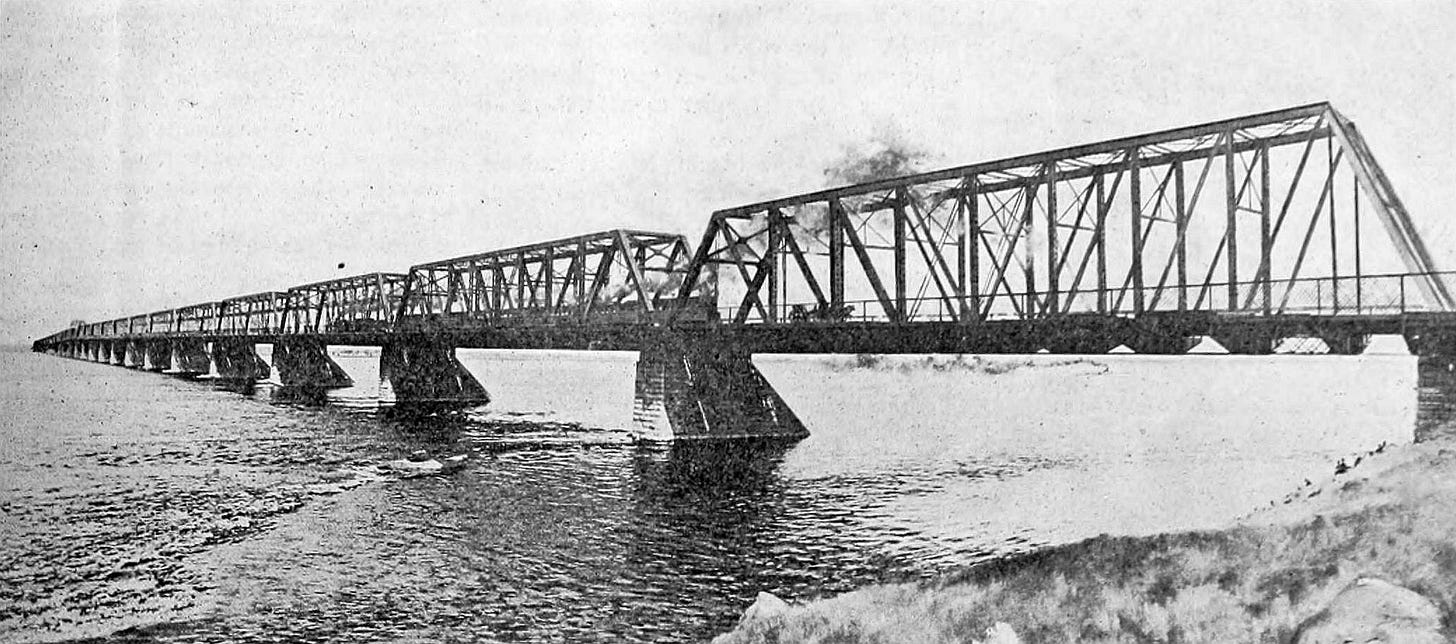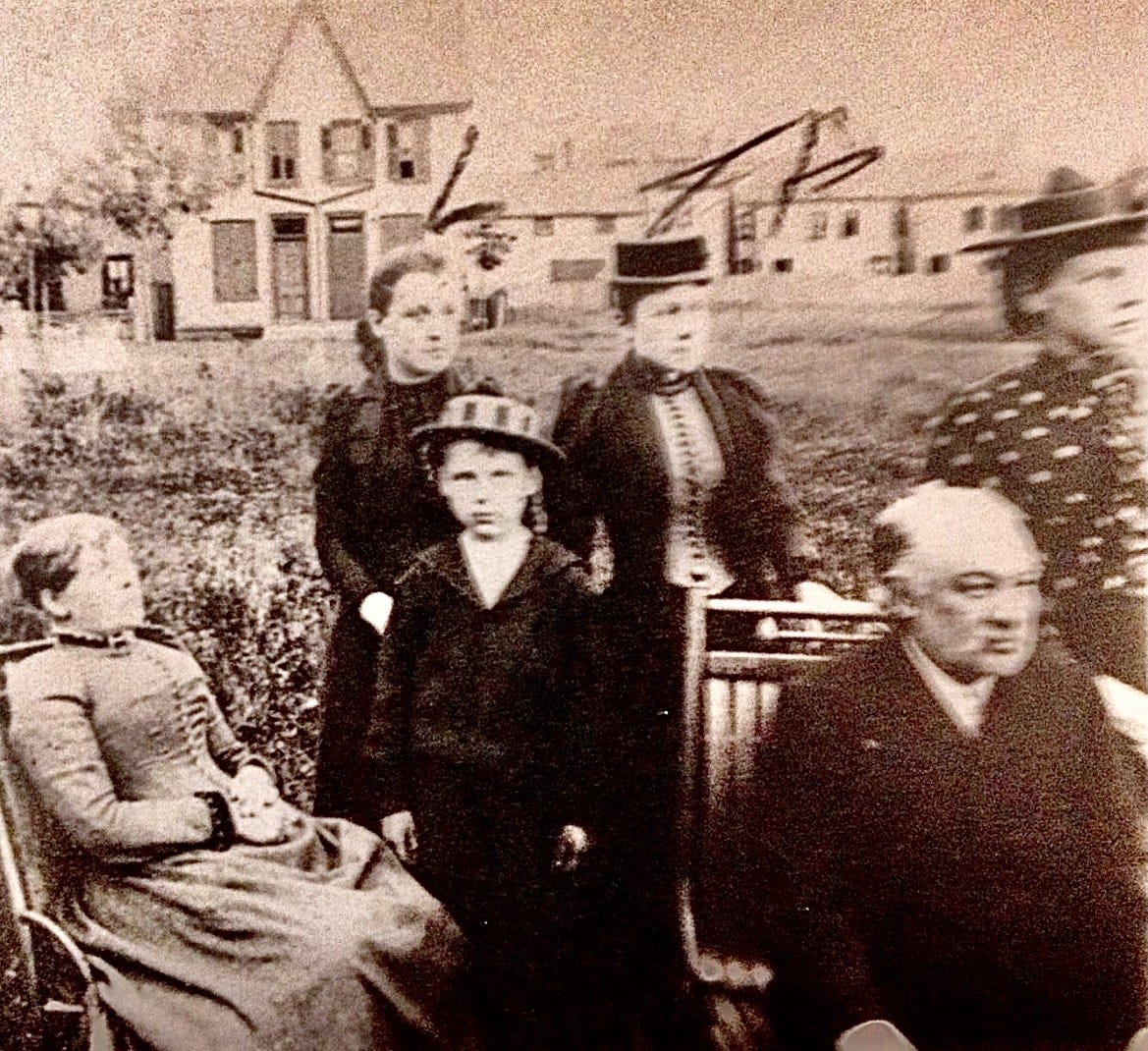Great Victoria Bridge, Montreal, 1859 - Scan from Ian Jeffrey: An American Journey – The Photography of William England. Prestel Verlag. Munich, London, New York 1999,
Canadian Historian, author and broadcaster Pierre Berton famously called 1967, “Canada's last good year.” He noted that much of the hopefulness from 1967 diminished in the following years. In the spring of 1968, Berton borrowed family documents from my maternal grandmother when he began research for his railroad sagas, which became The National Dream and The Last Spike, the moments in history when the completion of the transcontinental railway realized Canadian national unity. Much to my grandmother's annoyance, Berton misplaced the documents. My maternal family members were early railway workers, and my great-great-great-grandfather, John Holland and his wife, Isabella Welland, immigrated to Canada from England, initially settling in Shediac, New Brunswick. Several children were born but died due to Isabella's poor health. Eventually, they moved to Montreal, where my great-great-grandmother, Mary Agnus Holland, was born on April 10, 1857. Mary was the first of six siblings to survive and my grandmother’s grandmother.
My grandmother Isabelle Annie Magill Parker and her mother Mary Elizabeth Tomkins Magill, 1909.
While in Montreal, John Holland was employed in constructing the first locomotives in North America and worked with the Great Western Railway. On August 25, 1860, he helped Queen Victoria's nineteen-year-old son, Albert Edward, Prince of Wales and heir to the British throne, lay the cornerstone to the entrance to Montreal's Great Victoria Bridge (now Victoria Bridge) as well as setting in place a ceremonial "last rivet," a symbolic act of inauguration, which was part of the official opening ceremony.
The bridge spans the St. Lawrence River in Montreal for three kilometers, with 24 icebreaking piers. The Great Victoria Bridge, an engineering feat unlike anything witnessed then, was hailed as the world's eighth wonder when built almost a decade before Confederation. The Great Victoria Bridge remains a significant historic bridge. There was a model replica of the Great Victoria Bridge and railroad that John Holland constructed, but our family lost track of its whereabouts over the years.
Sometime after 1875, the Holland side of my family moved to Toronto on Wright Avenue, where my grandmother was born in 1909. My partner Gary's nephews lived almost directly across the street from the Wright Street house for several years. Paul Berton, Pierre Berton's son, formerly editor-in-chief of the Hamilton Spectator and, before that, the London Free Press, regularly dined at my former restaurant, Murano. I spoke to Pierre Berton when he was visiting and dining at my restaurant with his publicist in the early 2000s, but he was frail and too much time had passed for me to recount the story of my family's links to the Canadian railway and the Toronto Transit Commission.
The Holland Family: Isabella Welland Holland, Louise, Christina, Bella, John Holland & my great-great Uncle Bert.
A more recent photograph of 96 Wright Avenue in Toronto.









Loved this Bryan. And great photos! (Your family's experience parallels mine to some extent.) We forget what, (and who) it took to build this country; the things they saw and the things they did - all before any of the technology we take for granted. Thanks for sharing, really enjoyed the post.
Oooo, perhaps you are related in some way to Oscar Wilde's wife, also a Holland.
Not absolutely sure if Holland was her family name - that she reverted to - or a random choice of "new" name after the scandal broke? She was Constance Holland, a lovely and fascinating woman in her own right. Interesting!
Loved all of this Bryan, of course, but the photos are especially precious - I envy you that you know so much about your ancestors. Mine were not big on photos, letters OR stories.
You are fortunate indeed to have all of these!